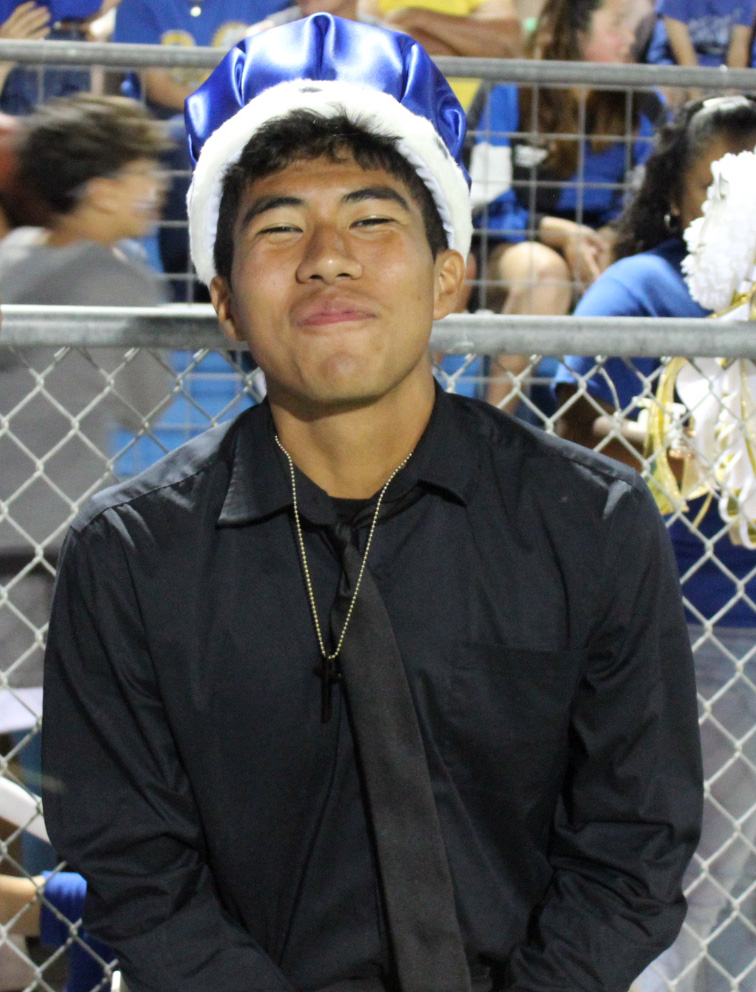Entering the second quarter of the year, Introduction to Aerospace and Aviation classes have already completed a wide variety of hands-on projects. Students have created prototype gyrocopters and performed physics experiments, and are now being introduced to the principles and history of aerospace engineering and aviation.
“The class is pretty fun,” sophomore Brian Baum said. “We’ve done a bunch of activities like testing how far we can fly paper planes and working with mock mechanisms.”
Introduction to Aerospace and Aviation is offered to students freshman through junior year and covers the basics of engineering, aviation and simple robotics in the form of unmanned aircraft. Students focus on design principles and aircraft structure, and receive information on a wide variety of aerospace exploration career paths.
“Our goal is to provide hands-on drone training by springtime,” course instructor and coach Tyler Cleavinger said. “We aspire to acquire a drone simulator so students can have ample time to practice and hone their flying skills.”
Due to Robotics I and Robotics II not being offered for the 2023-2024 school year, it falls upon Introduction to Aerospace and Aviation to introduce students to the principles that would normally be expanded in these courses. Robotics courses are not offered for students this year because of the small class sizes. Introduction to Aerospace and Aviation itself is only held for two periods.
“It’s a pretty small class,” Baum said. “That doesn’t make it a poor experience though. It’s still a good quality for what it is.”
Despite the relatively low enrollment rate, students in the course have strong interests in the field of careers and possibilities it opens to them.
“I only wish we could do more interactive projects where we get to build things,” freshman James West said. “I want to get into the Robotics classes, but I might not get to if there aren’t enough students signing up.”
The course is designed to prepare students for careers in engineering and aviation, though the curriculum has had to be adapted to accommodate the no-longer available Robotics courses. Despite this, the outlook for the year seems to be on track for students pursuing aerospace exploration and engineering.
“There will always be a demand for more time and resources,” Cleavinger said. “Despite these constraints, we continue to extract the utmost value from what we have available. Through recognizing essentials, making personal sacrifices, and adhering to a structured schedule, we can form the cornerstone of balance.”







